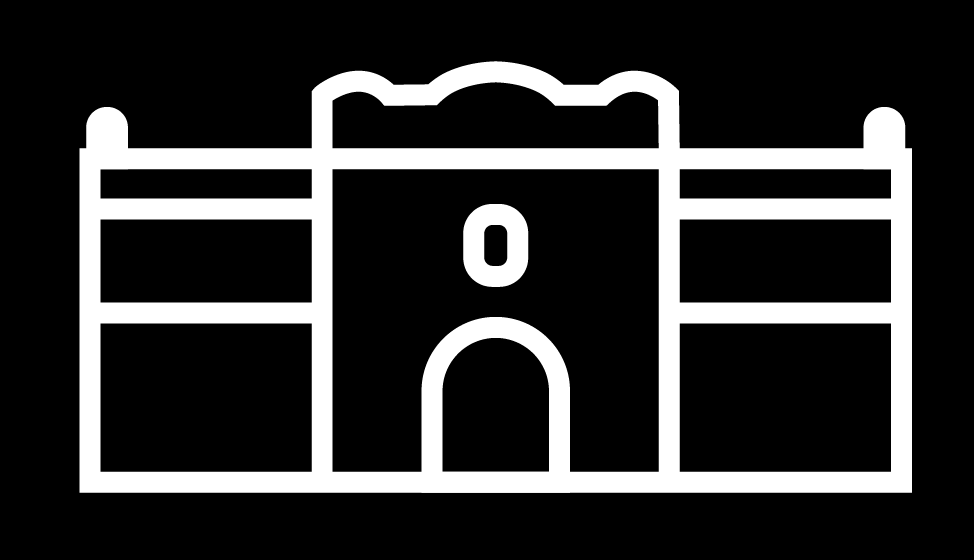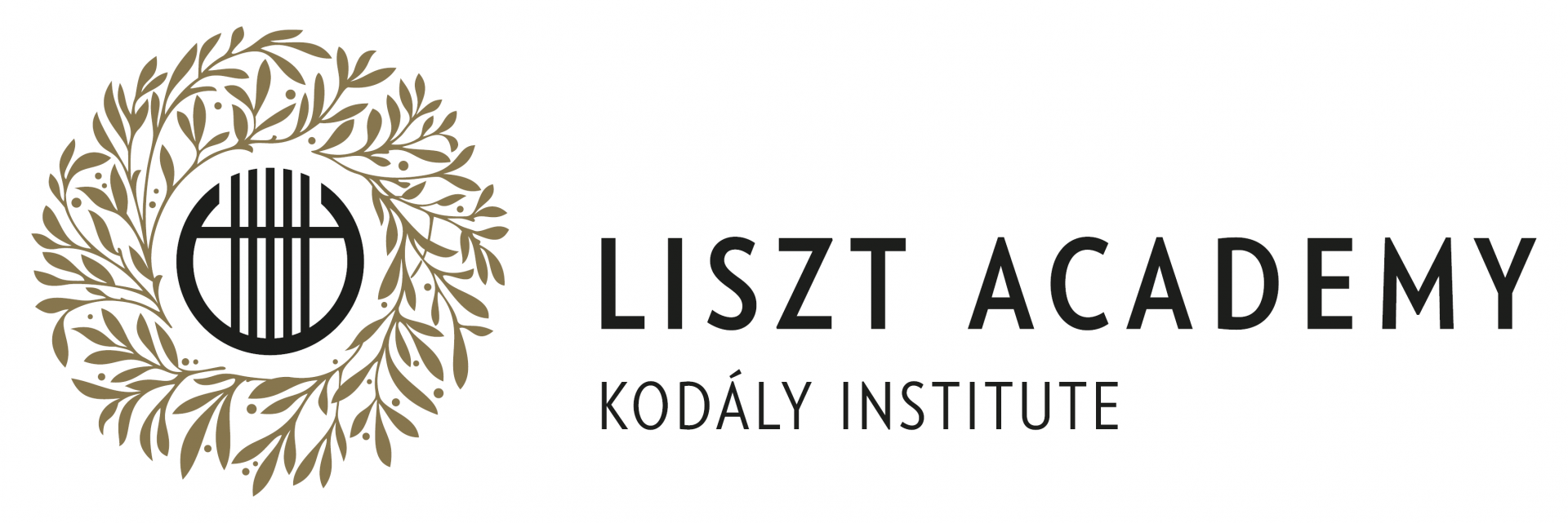About Us
Initiated by Mrs Sarolta Kodály and in line with the cultural aspirations of the city of Kecskemét, the Kodály Institute was established in 1973, at the same time as several other internationally renowned art institutions in the town. Finally housed in a reconstructed 18th-century Franciscan monastery building, the Institute opened in 1975 with the objective of becoming the authentic centre for nurturing the music pedagogy philosophy created by Zoltán Kodály.
Over the decades, the Institute, as a distinguished international centre for advanced studies in Kodály-based music education and music teacher training, has had a profound influence on several generations of music educators from all over the world. More than four thousand students have participated in the Institute’s full-time (undergraduate, graduate and post-graduate), part-time or summer courses so far.
In 2005 the Institute became an affiliated institution of the Liszt Ferenc Academy of Music, Budapest, thus gaining the chance to extend the study options with university degree programmes (6-semester BA and 4-semester MA studies).
In 2016 the UNESCO inscribed the Kodály concept under the Register of Good Safeguarding Practices under the title of “Safeguarding of the folk music heritage by the Kodály concept”.
2018 witnessed the start of a new era, with the renovation of the 280-year-old monastery building, the modernization of the Institute, which brought many opportunities in terms of a modernized and significantly renewed infrastructure, thus attracting more students and facilitating more study programmes. The renovation and the planned expansion project was funded by both domestic and European Union sources, in the framework of the Hungarian government’s Modern Cities Programme.
In the first phase of the multi-stage project, the full reconstruction of the monastery building, which is under heritage protection, was completed by the fall of 2024. In addition to the existing facilities, the building, now obstacle-free and equipped with modern mechanical systems, gained 12 new classrooms and the most advanced educational technologies.



